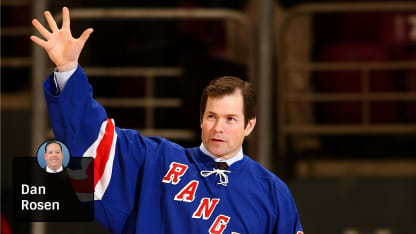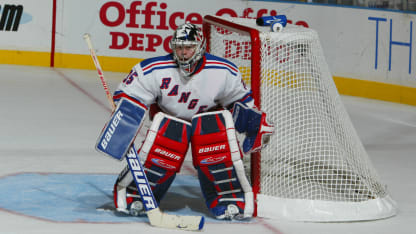The NHL has discovered there are approximately 4,800 rinks in North America that are 30-plus years old. Without changes to make these rinks more environmentally sustainable, the high operating costs to make the ice and keep it frozen could run some of them out of business.
"An average ice sheet, at least in the Northeast with high energy costs and inefficient buildings, can be $200,000 to $300,000 in energy alone, and you haven't paid for one employee yet," Richter said. "When you think of nearly 5,000 rinks across North America, these things are operating in a very tight margin and in the end you see a lot go out of business because they can't bring in enough revenue to support that payment schedule. If you suddenly make them more efficient with off-the-shelf technology it would be eliminating massive amounts of maintenance."
The NHL has started to get a baseline of many of the community rinks to determine where they can become more efficient. It's the same formula the League has used in making its own buildings more environmentally sustainable.
NHL arenas now use both environmentally friendly energy sources, such as solar power and fuel cell technology, and cooling techniques. In addition, the League is keeping waste out of landfills by recycling, composting and donating unused food.
"The NHL has done the best thing they can do to prove itself by cleaning up their own backyard," Richter said. "If we can start systematically bringing the operating costs of the community rinks down it will translate into getting more kids to play."
\[RELATED: NHL Greener Rinks initiative kicks off Green Week\]
Richter said one of the simpler ways to do this is to change the lighting in the rinks to LED lights the way the NHL is doing now in its arenas. His company, Healthy Planet Partners, has been working to retrofit commercial buildings with LED lights because they provide clean-energy technology and minimize energy consumption and the environmental impact.
The past two NHL All-Star Games, in 2016 at Bridgestone Arena in Nashville and in 2017 at Staples Center in Los Angeles, were played under LED lights.
"In an ice hockey rink you have a gigantic refrigerator and now you're lighting that refrigerator with lights that can lose 80 percent of their electricity as heat loss as opposed to illumination," Richter said. "So in effect what you're doing is you're heating the very place you're trying to cool. Technology has advanced and the cost has come down to allow a normal rink to replace the lights they have with LED lights that can be 50 percent more efficient right off the bat. So instead of heating the space you're actually illuminating the rink. You get less shadows, better light, better quality, less maintenance and less operating cost."
If that means lower costs to play, it could be a significant byproduct of a cleaner, greener NHL community.
"The biggest single hurdle is expense and I think that's one of the things you're going to see come down if we continue to do this," Richter said. "This effects the bottom line in a very significant way and it could be a game-changer for the NHL in the long run."



















